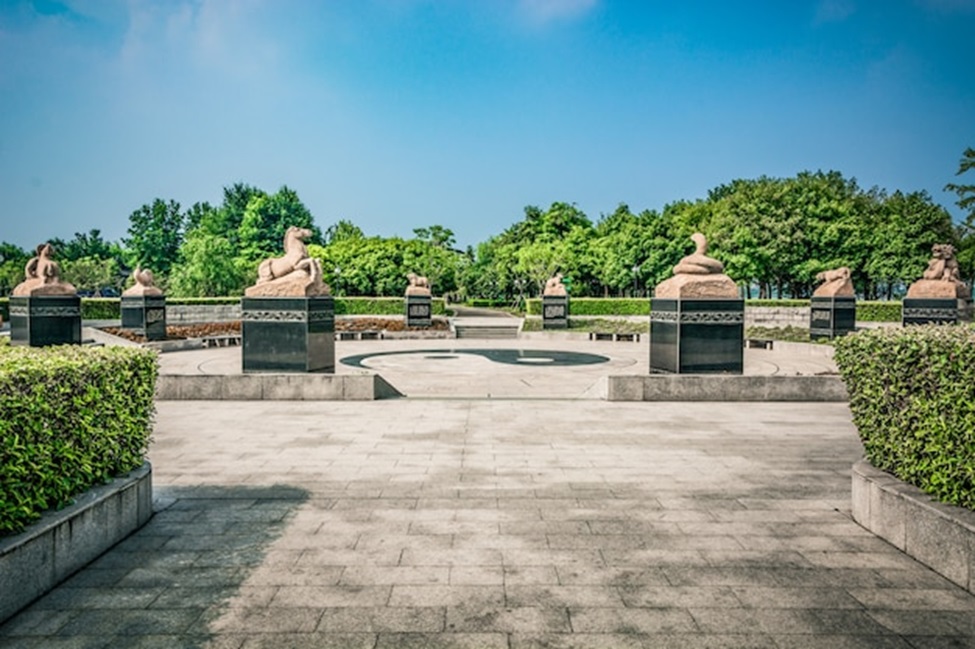4 Season Concrete Patio Design Considerations
Outdoor spaces require versatile materials to stand up to extremes. This article explores concrete patio design elements ensuring four-season usability. Insights cover drainage, edges containing water runoff, and finishes suited to varying conditions. Tips include coordinating pours with professional concrete contractors for successful results year-round. Knowledge translates desires into practical, aesthetically pleasing hardscaping serving purposes across climates.
Site Drainage Assessment
Evaluate slope funneling meltwaters distant from foundations during spring thaws avoiding damage. Grade falls away sloped at a minimum of 1/4” per running foot. Perimeter drains catch drainage along edges into underground dry wells, French drains, or rain gardens preventing puddles from hindering use. Proper runoff solutions maximize usability comfortably across seasons.
Curbs contain patio grading containing water within defined spaces. Stakes layout integrated curbing poured matching final elevation for unified appearance during the same pour or added post-cure. Curbs receive chamfers along exposed edges avoiding tripping while guiding runoff away neatly beside landscaping.
Base Preparation
Excavate fully to sub-base depths factoring settlement, considering final elevations with curbs in place. Rigid foam insulation along foundations maintains consistent temperatures across surfaces for year-round comfort. Compacted gravel backfill beneath forms distributes weight evenly upon the grade. Proper prep avoids cracking from subsequent shifting.
Broom or mat-textured finishes increase traction reducing winter risks from icy, wet conditions. Exposed aggregate or stamped patterns mask slippery areas hiding ice forming within decorative impressions. Heated floor mats installed through conduits kept closed during warmer seasons add safety without costly outdoor wiring setups. Radiant heating beneath coats less energy than overhead alternatives melting localized snow packs from above. Finishing complements function flawlessly across all seasons.
Color and Material Selection
Darker hues significantly absorb solar heat expanding winter usability while light tones reflect sunlight more efficiently suiting summers. Color choices coordinate with architectural aesthetics across seasons. Consult concrete contractors advising options suiting conditions through changes balancing value and practical performance long term. Integrated materials like stone borders complement color selections through designs tailored to four distinct seasons.
Following experts’ standards cures fresh concrete to full, consistent strength before sealing out abrasives and deicers wearing surfaces prematurely. Reapply sealers every couple of years thoroughly protecting the attractive and functional finish across transitions between milder and harsher climates. Seal integrity maintains beauty indoors and out through four distinct seasons.
Overall
Climate and weather factors play a crucial role in concrete patios design, with factors such as freeze-thaw cycles, extreme temperatures, and precipitation levels impacting the design. Proper layout and orientation, drainage, and slope are essential for maximizing comfort and preventing heat absorption. Materials like concrete are durable and climate-appropriate, and heating and cooling solutions like fire pits and infrared heaters can extend the patio season.
Coverings and enclosures, such as retractable awnings and screens, provide protection from elements and enhance functionality. Furniture and accessories, such as cushions, outdoor rugs, and lighting fixtures, enhance the ambiance and year-round use. Landscaping integration, such as strategically placed plants, provides shade and privacy. Hiring experienced professionals for proper installation and maintenance is crucial for success.
Conclusion
Seasonally varied design necessitates understanding concrete’s attributes and managing heat flux safely across temperatures. Experienced contractors guide optimized hardscapes overcoming climatic challenges aesthetically through the year’s changes. Integrating proper drainage, edges, reinforcement, and finishes expands usability comfortably across all conditions whenever the weather transforms. Thoughtful planning manifests four-season designs perfect for any climate or architectural style.

